
Monstera Plant Care Guide
Gardening requires lots of water – most of it in the form of perspiration. – Lou Erickson
Although growing fruit and vegetables is frequently thought of as gardening, many different types of houseplants can be grown indoors as well. A great way to bring some of the outdoors inside is by growing plants in your own home.
Indoor potted plants can beautify any room in your home with their exquisite flowers and leaves while also purifying the air. You can place a plant in an empty workspace to create a very calming atmosphere and help alleviate the stress of daily life.

The enormous Monstera deliciosa plant, which is native to Central American rainforests, is also known as the "split-leaf philodendron." Due to its "wow" factor, this easy-to-grow climbing evergreen can be seen in many designer spaces.
The plant can grow between one and two feet taller indoors at a moderate growth rate. It has large, heart-shaped leaves that are naturally glossy and have a distinct split. Additionally, you'll see complex aerial roots emerging from the ground that serve the plant by supporting stems that bear leaves that can get as long as three feet long.

It is also known as the "Swiss cheese plant" because of the distinctive development of ridges and holes on its more mature leaves, known as fenestrations.
Species
Here are 8 of our all-time favourite Monstera plants that you can grow at home. To help you choose the best fit for your home, we've provided a brief overview of each plant.
Monstera deliciosa (Swiss Cheese Plant)
The Swiss cheese plant is a native of the tropical forests that stretch from Southern Mexico to Panama. Its common name derives from the appearance of the leaves, which are covered in holes. Due to the delicious (deliciosa) fruit it produces, this plant is also known as the Mexican Breadfruit plant.
Monstera adansonii
Like the Monstera deliciosa, the leaves of Monstera adansonii also develop holes or eyes that resemble those found in Swiss cheese. Due to the way this plant creeps and grows vines, it is also frequently called a cheese plant or a cheese vine. Throughout much of Central and South America, it grows wild.
The two Monstera species that are grown indoors are Monstera deliciosa and Monstera adansonii. Monstera adansonii differs from M by having entirely enclosed leaf holes. Deliciosa by having longer, tapering leaves. On Monstera deliciosa, leaf holes eventually develop, move to the edge, and then open up.

Monstera dubia
Monstera dubia, also known as the "shingle plant," is a climbing vine whose leaves lie flat against the tree or trellis they ascend. Heart-shaped leaves with light and dark green speckles cover this monstera plant. Despite being a monstera, the plant doesn't fenestrate its leaves until it is fully grown. Typically, only plants growing in the wild in Central and South America exhibit this.

Monstera epipremnoides
This kind of monstera, which also climbs, is a native of Costa Rica. Its leaves tend to be a little bit paler green than those of other varieties. Compared to other species of monstera plants, its mature plants have larger leaf perforations. The edges of the holes occasionally penetrate through to completely separate the leaf segments.

Monstera oblique
The Monstera obliqua, a native of Central and South America, is frequently referred to as having more holes than leaves. This plant is quite delicate due to the plant's extensive leaf perforations and its paper-thin leaf matter. The Monstera obliqua, like other species in the genus, is a climbing plant that thrives in a pot indoors with support.
Monstera Peru
The leaves of the Monstera karstenianum lack perforations, in contrast to the majority of common monstera's. Instead, the plant's strong, shiny, spade-shaped leaves have vividly coloured variegation patterns on them. This plant will become quite bushy and attractive in a regular container as well, although it is a vine and can climb a pole or drape from a hanging basket.
Monstera standleyana
Parts of Central America are the native home of the Monstera standleyana. The plant is quite appealing for growing indoors thanks to its glossy, green leaves, which have pretty splashes, speckles, and stripes of white, cream, or yellowish-white. This monstera's attractively patterned leaves frequently cause people to mistake it for a philodendron.

Monstera variegata
Generally speaking, monstera plants with leaves that are variegated with sizable white splotches are referred to as Monstera variegata. On Instagram, they've developed into a bit of a sensation among plant enthusiasts. Additionally, Monstera variegata require slightly more effort to grow than their non-variegated counterparts. Since there is a limited supply and they are widely used, they are now scarce.
Care
In warm, humid climates throughout USDA Zones 10 through 12, Monstera deliciosa thrives all year long. Establish it in part-shade in well-draining soil when planting outdoors. Move it indoors or to a patio if the soil where you live is naturally salty. The plant may reach a height of 10 feet or more if balanced fertiliser is applied three or four times annually. If the plant is intended to be used as a houseplant, choose a deep pot with lots of drainage holes.
Light and Temperature
This evergreen prefers bright, indirect light with constant temperatures of 65 to 75 degrees Fahrenheit. In the warmer months, too much direct light risked burning the foliage. However, to promote lush growth, place indoor plants outside in direct sunlight at least once a year.
A warm, humid environment with plenty of water and soft sunlight is preferred by monsteras Place your Monstera in an area with moderate to bright indirect light. Even though it can tolerate lower light levels, you might notice leggy growth as a result, so the ideal location is a few feet away from a window that faces the south, west, or east and provides bright indirect light.
Water
During the growing season, give the plant regular waterings every one to two weeks. Until any extra water has been allowed to drain through the drainage holes. The plant has consumed all of the water it requires, so do not refill the container with extra water. Between waterings, some soil evaporation is necessary. In the fall and winter, only occasionally use water. Use a spray bottle with demineralized water or rainwater to mist the plants to increase humidity indoors.

Soil
It demands peat-based potting media when it is established in a container. Light sandy, medium loamy, and heavy clay soils with an acidic or neutral pH are suitable for use outdoors. But even so, it does best in soil that is well-drained and moderately moist.
Fertilizer
Select an appropriate liquid fertilizer. Throughout the growing season, feed the plant every few weeks. Mix one gallon of water with half a teaspoon of the fertiliser. As an alternative to routine watering, use diluted fertiliser. Pour the mixture into the ground until liquid begins to collect in the drainage holes. The plant has consumed what it requires and cannot use the extra fertiliser that drains off, so discard the excess diluted fertiliser.
Propagation
By taking stem cuttings from pruning, monstera deliciosa can be quickly multiplied. Air layering, however, is the most widely used technique for growing Monstera deliciosa.
The most popular types of Monstera are excellent for propagation, making them a gift that keeps on giving. Propagation is also simple due to their aerial roots and distinct nodes. Monstera cuttings can be propagated in water or directly into a prepared planter filled with soil.
The only thing you need to make sure of is that you only take stem cuttings from healthy plants. One or two sturdy, healthy leaves and at least two nodes from which to sprout new growth are characteristics of a good cutting. This is because Monstera cannot be propagated without a node, a fact that is frequently overlooked.

Repotting
It's time to repot your plant when the soil's original level has dropped and/or the soil's aeration components (perlite or bark) have floated to the top. Repotting most monstera plants every 18 to 24 months will make them happier.
Choose a container that is approximately 2 to 4 inches larger than the current pot to give your plant room to grow. After cutting back some roots and pruning a few leaves, repot your plant in the same container with fresh soil to maintain its size.
Repot during the growing season for best results.
Pet friendly or foe
Ingesting the foliage from monsteras can be harmful to people, cats, and dogs. Always keep indoor plants out of small children's and animals' reach.
Pests
If you use a damp sponge or paper towel to wipe dust or debris off the leaves, the plant will remain clean and pest-free. But typical pests like sap-sucking mealybugs, aphids (plant lice), tiny cigar-shaped thrips, scale insects, and spider mites can infest the plant. Spray the plant with a direct stream of water if any are discovered on the foliage. Leaf washing can also be done with insecticide soap.
Benefits
Monstera plants are prized for their incredible variety of uses and benefits in addition to being low-maintenance, simple to care for, quick-growing, and lovely to look at. A monstera plant may be the best option for you if you want to spruce up your office or add interest to an unoccupied corner. Continue reading as we go over the 8 incredible advantages of Monstera plants.

Although it has long been known that plants have many positive qualities, Monstera has several intriguing uses that are unusual for plants of a similar kind:
Air Cleaner
Large, broad leaves of monstera plants can efficiently remove some toxins from the air, according to NASA's clean air study. Growing these kinds of plants in your home will help to remove some harmful substances from the air you are breathing, even though they might not completely remove all of the toxic particles floating around inside.
Feng Shui
Monstera plants expand quickly in all directions. They stand for enlargement, upward growth, and uplifting energy in feng shui. To attract this kind of energy and expansion into various facets of your life, place a monstera in the appropriate area.
Aesthetic appeal
Despite all of their advantages, monstera plants are most valued for their aesthetic appeal and decorative uses. They add visual interest to any space and grow easily indoors (and can also be propagated).
They are also a well-liked subject reproduced in art, textiles, and wallpaper used in fashion and interior design because of their distinctively fenestrated leaves.
Stress management
For general improvement in mental and physical health, live plants can help reduce stress levels while also reducing physiological stress responses like heart rate and blood pressure.
Increased Focus
According to studies, working near living plants like monsteras can help focus attention and improve attention span.
Better Sleep
Monstera plants can improve your quality of sleep by removing pollutants from the air. When sleeping in clean air, people do so more quickly and with better quality.
Elimination of odour
Monstera plants can help you reduce indoor humidity and remove toxins from the air, which will help you get rid of some odours and keep your house from smelling musty from mould and mildew growth and too much moisture.
Baskets and Ropes
Monstera plants have been used to make rope in Peru and to weave baskets in Mexico because they produce long, sinewy vines.
Common Monstera Deliciosa issues
The Swiss cheese plant can give you a few headaches despite being a relatively easy-going houseplant. Your plant can recover well once you identify the reason why it appears a little sickly, though.
Information and guidance on Browning Tips
The soil may be dry, or you may need to water the plant frequently and routinely to keep it moist if the tips of the leaves are turning brown. Eliminate the damaged leaves.
Your plant has become infected with a fungus if the brown spots or tips have a yellow halo. Overwatering or keeping the plant in overly wet soil for an extended period are likely how the fungus got there. Before watering the plant, remove the harmed leaves and allow the plant to slightly dry out.
Wilting Leaves
If you notice wilting leaves, there may also be a watering problem. The plant is either submerged in water or has too much water. The plant may have root rot if it has been overwatered. To examine the roots, try taking the plant out of the pot. Repot them in new soil after cleaning the roots and removing any mushy areas.
FAQ’s
Is Monstera deliciosa easy to care for?
This plant is simple to grow as a houseplant. But you need to live in a warm, humid environment for it to thrive outside.
Why do some Monstera deliciosa plants' leaves split more than other plants' leaves?
A lot of energy is required to split fenestrated leaves. The plant will split more the lighter it receives. Little light makes the leaves smaller and less dazzling.
What distinguishes Monstera adansonii from Monstera deliciosa?
Although both monstera plants are referred to as Swiss cheese plants, they have different sized leaves. The leaves of Monstera deliciosa are significantly larger than Monstera adansonii's tiny leaves.





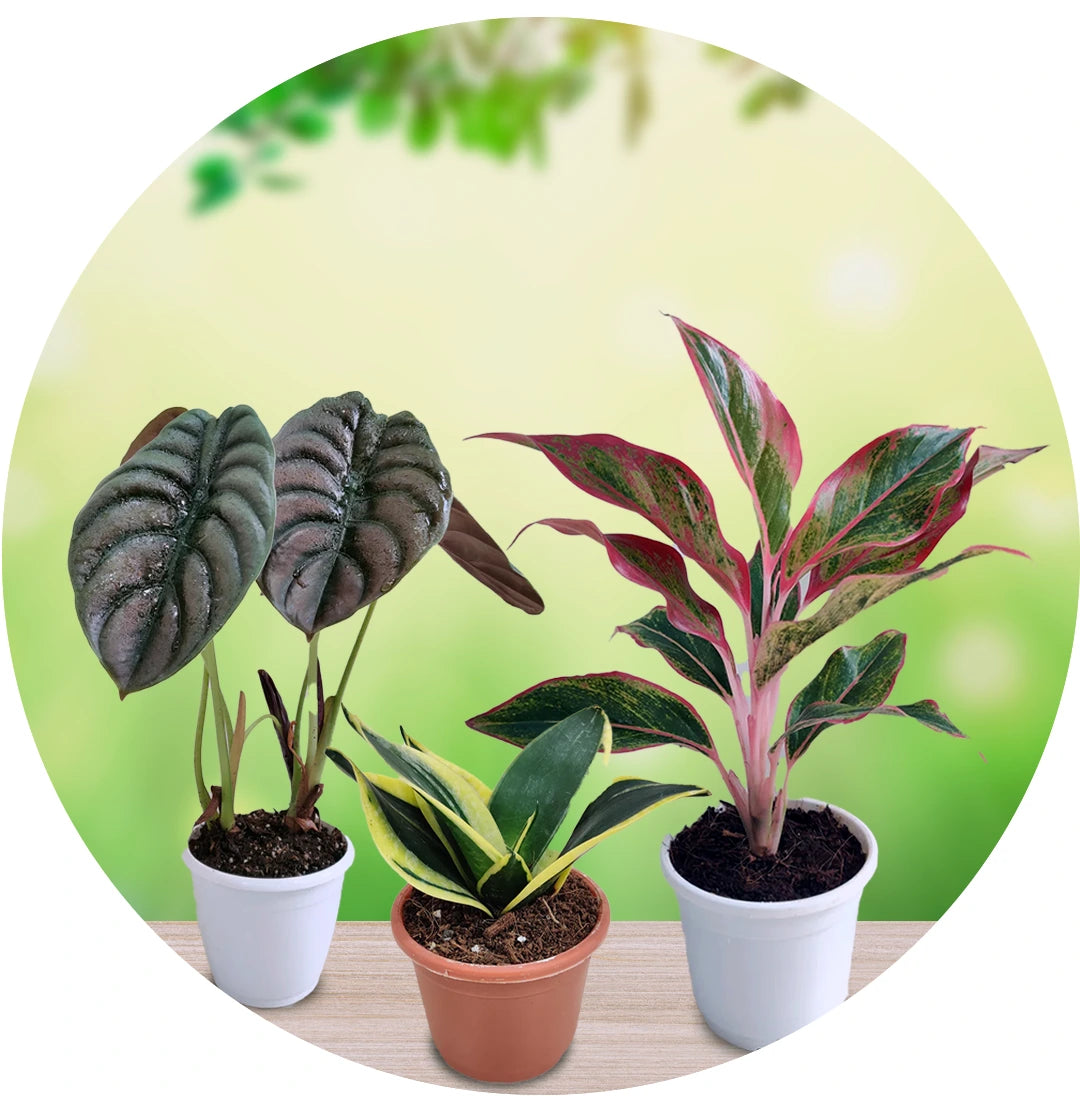
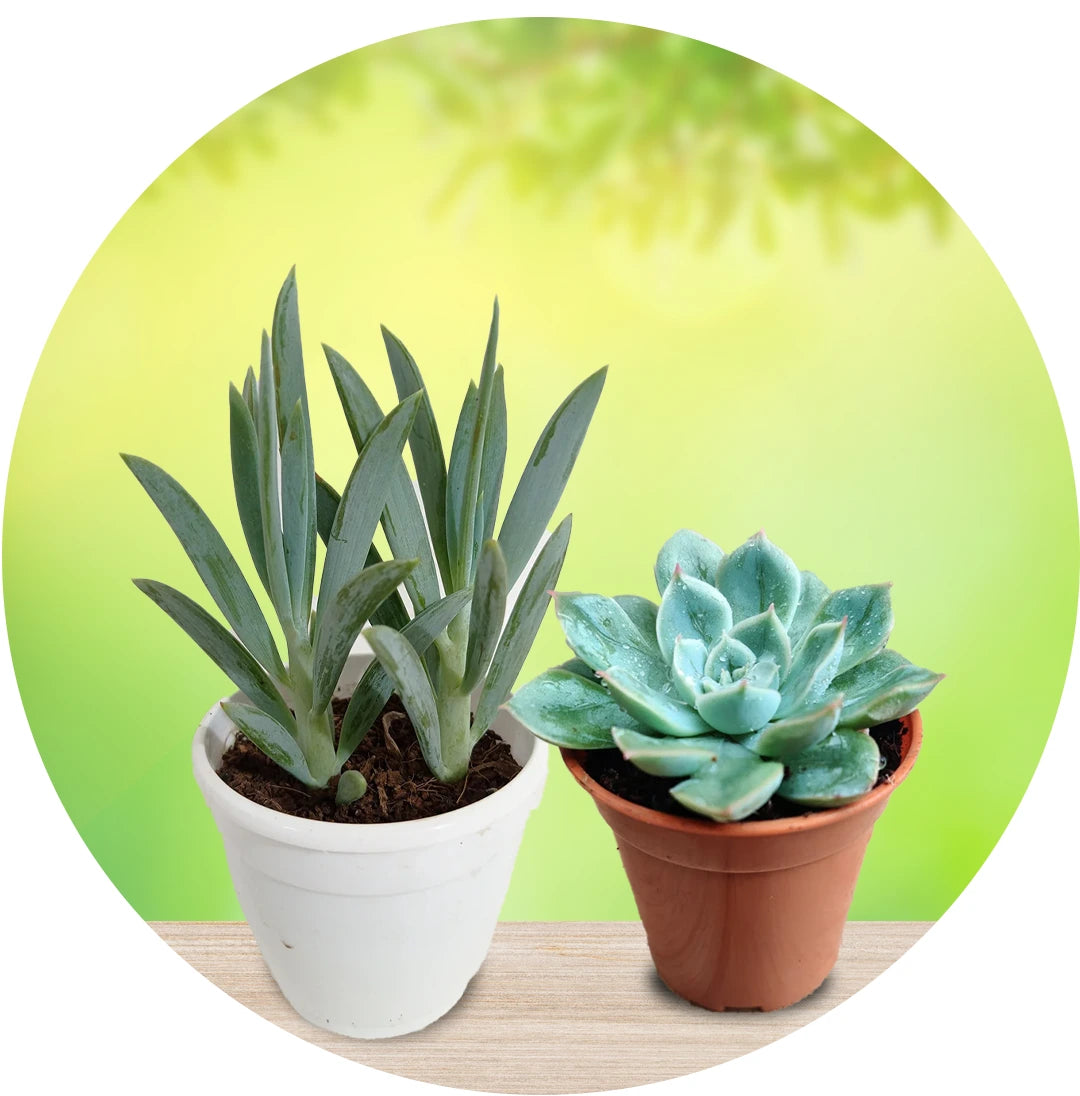
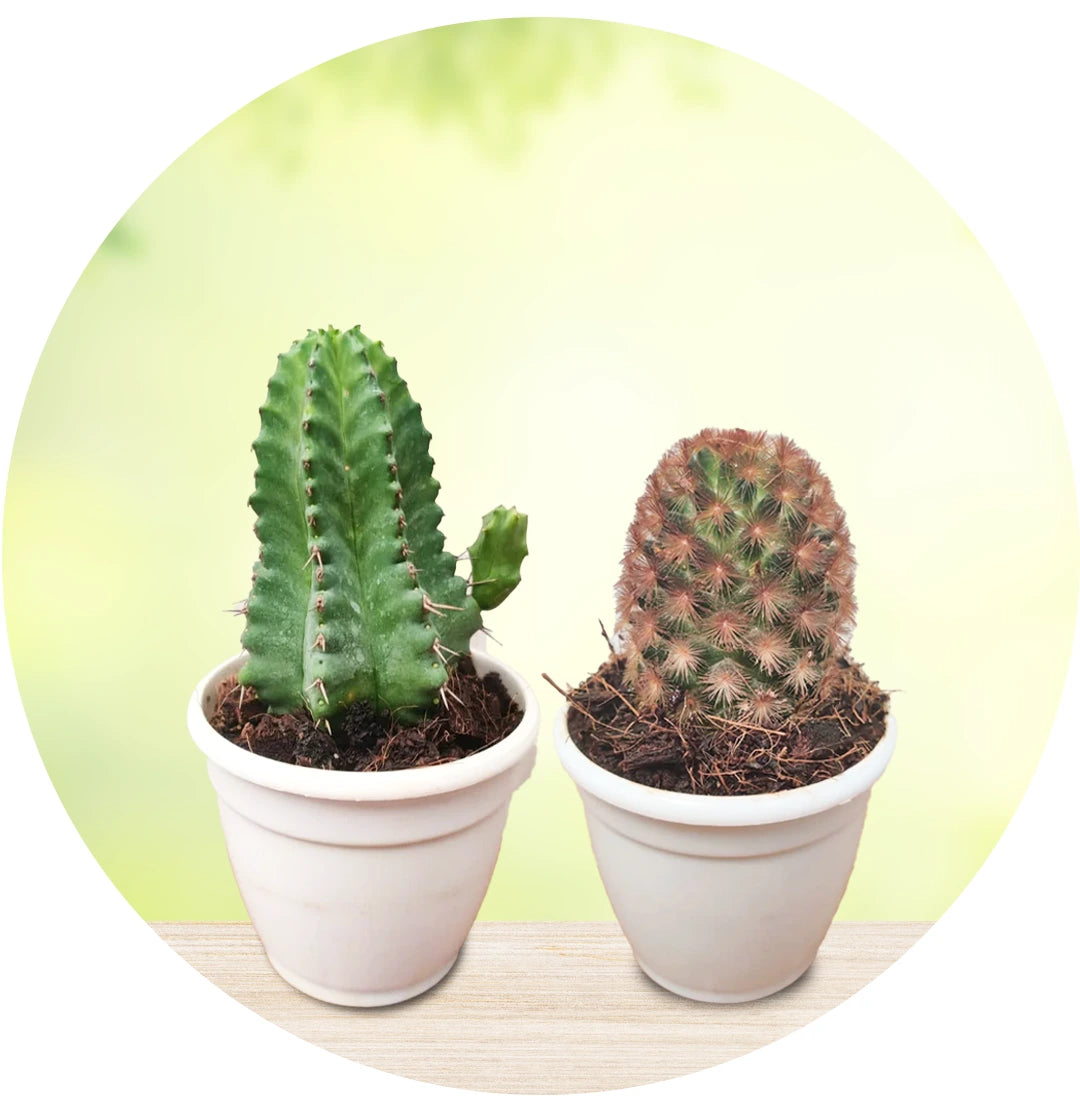
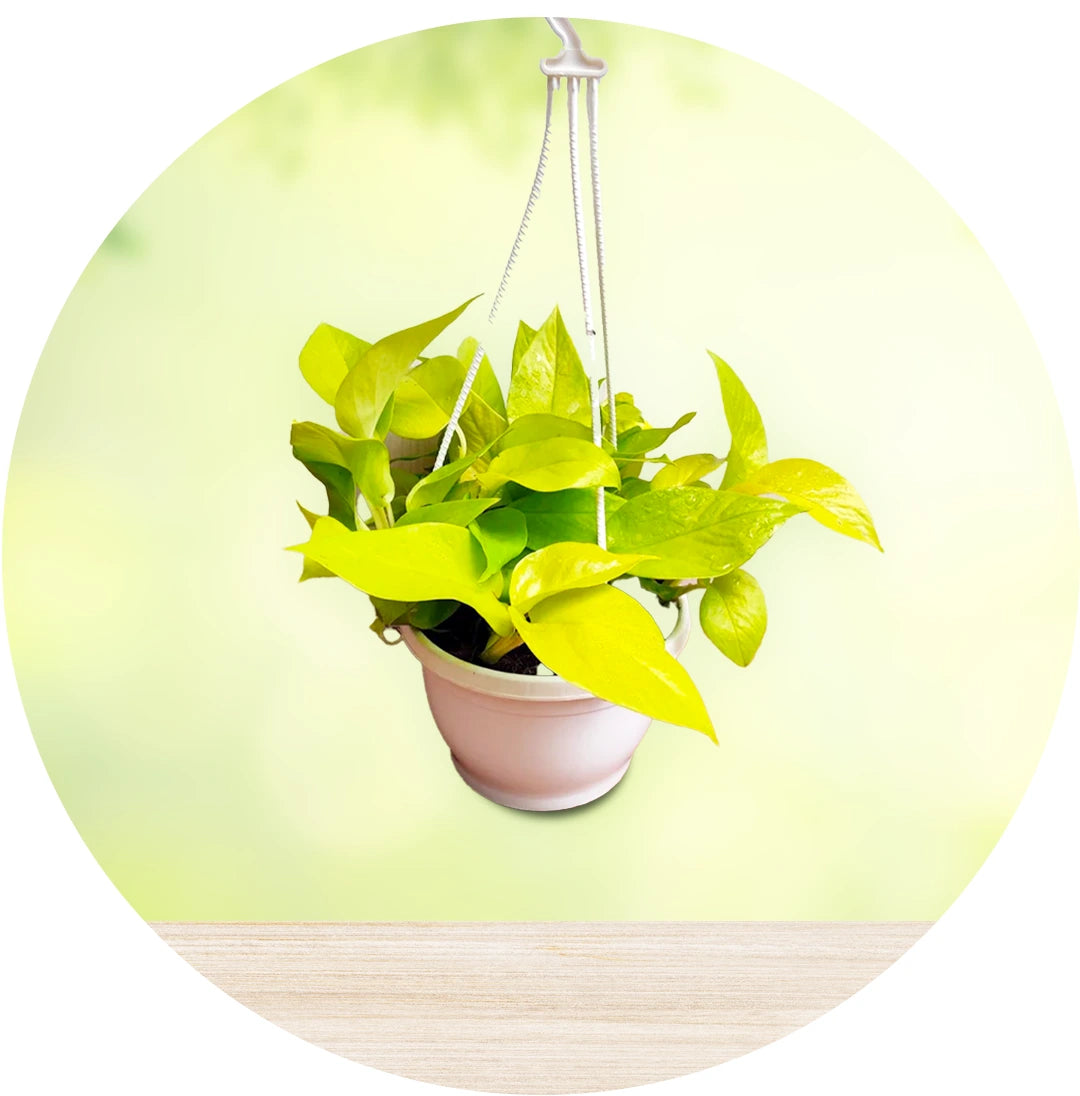
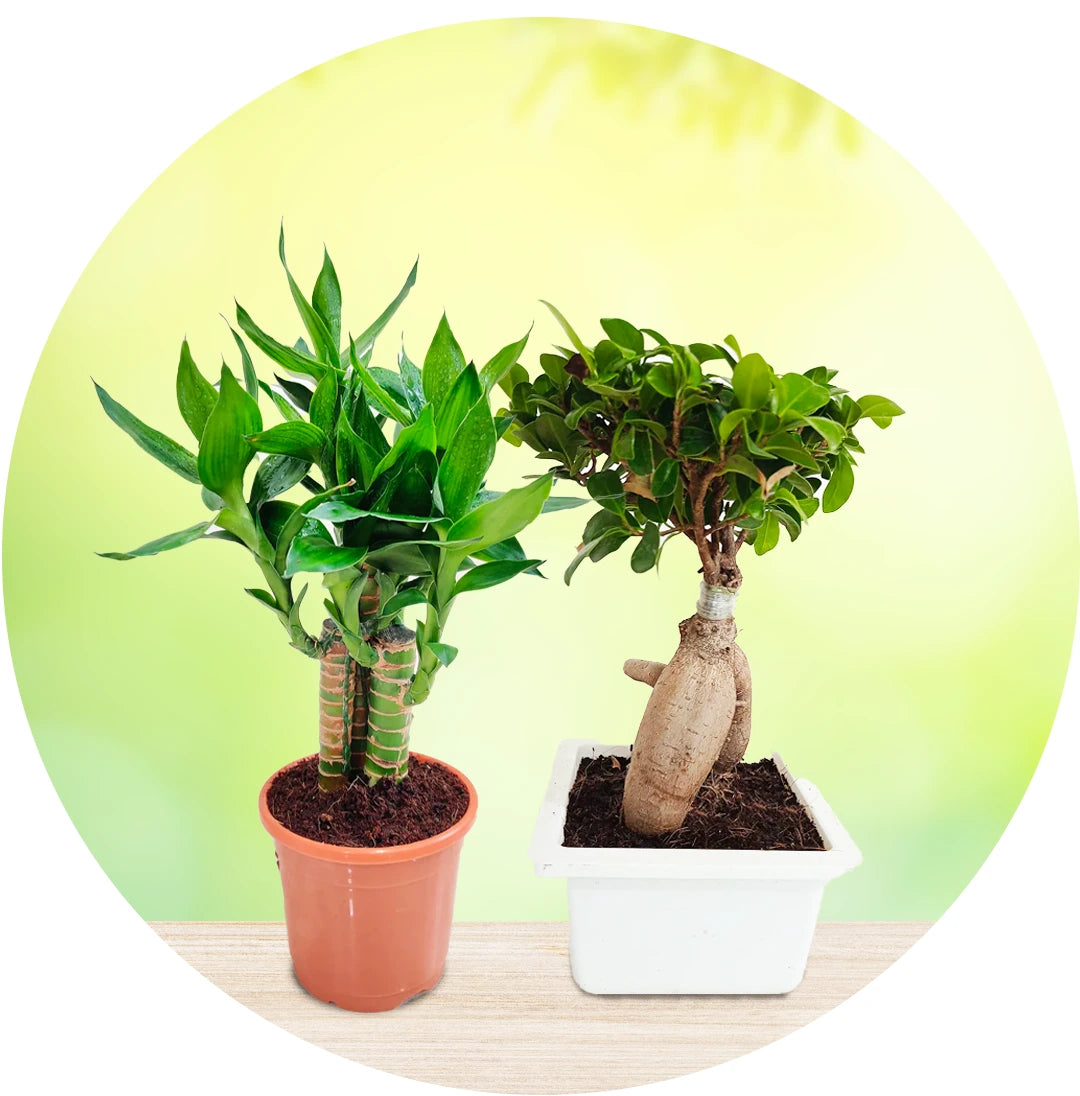
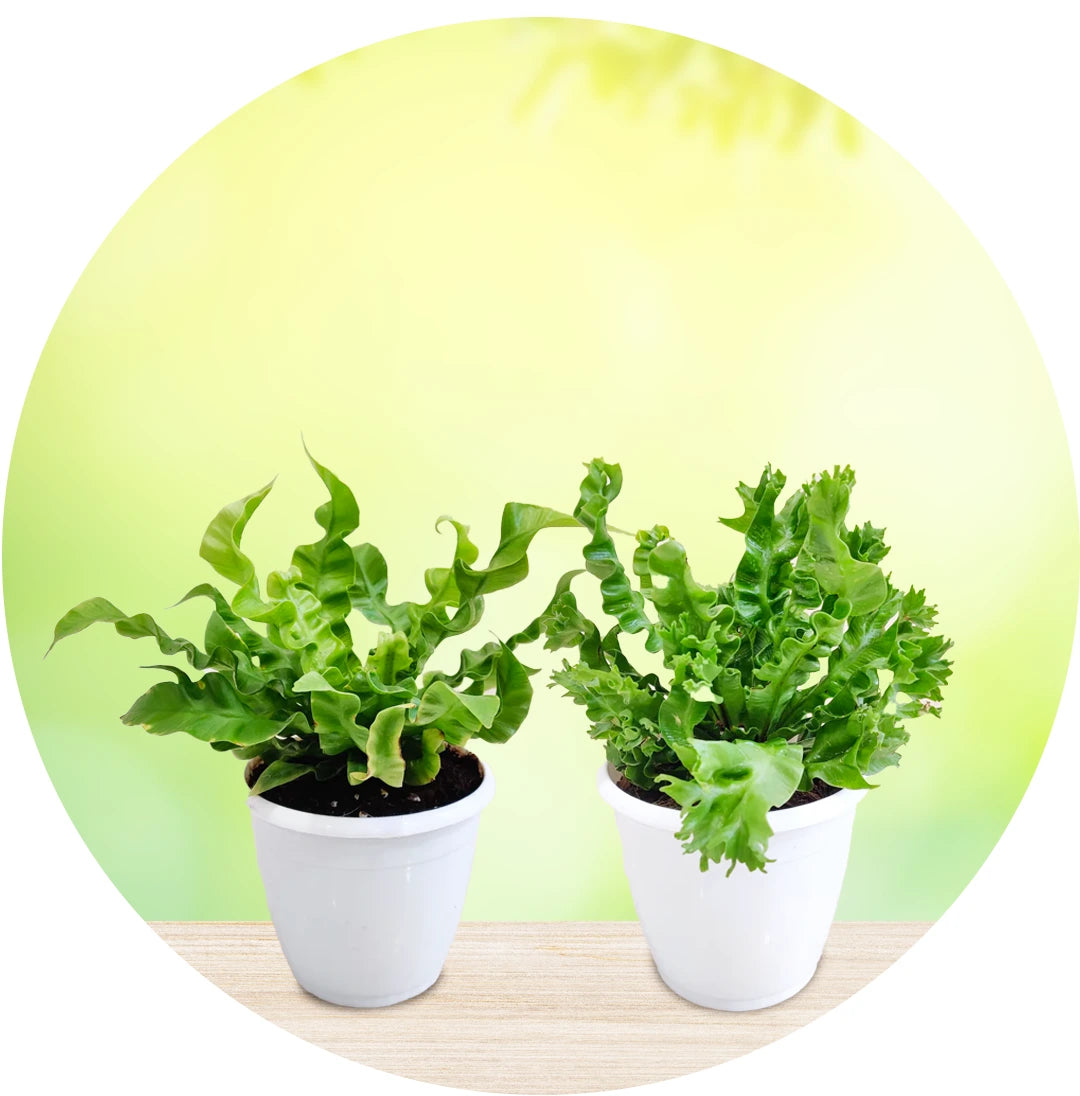
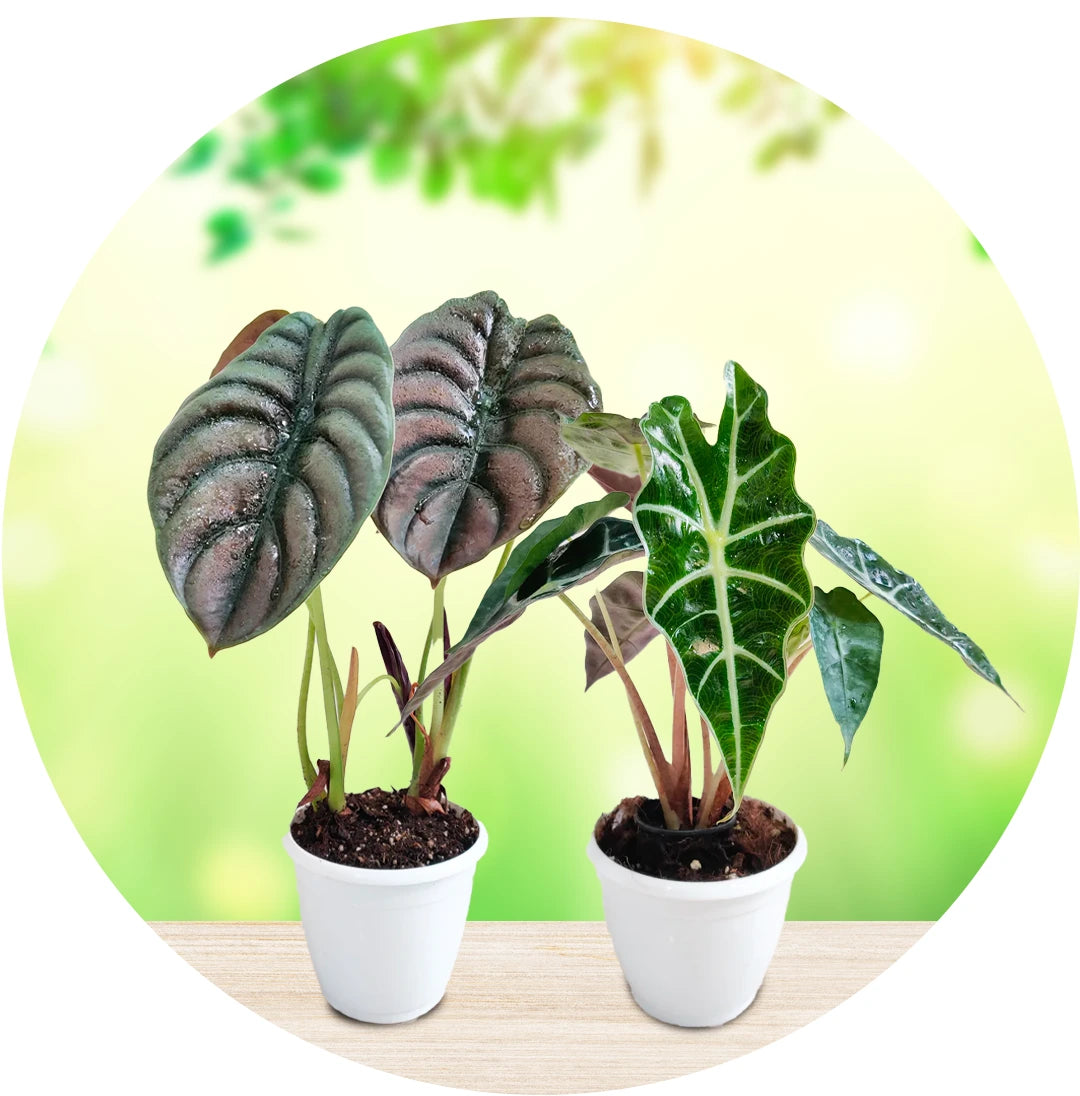
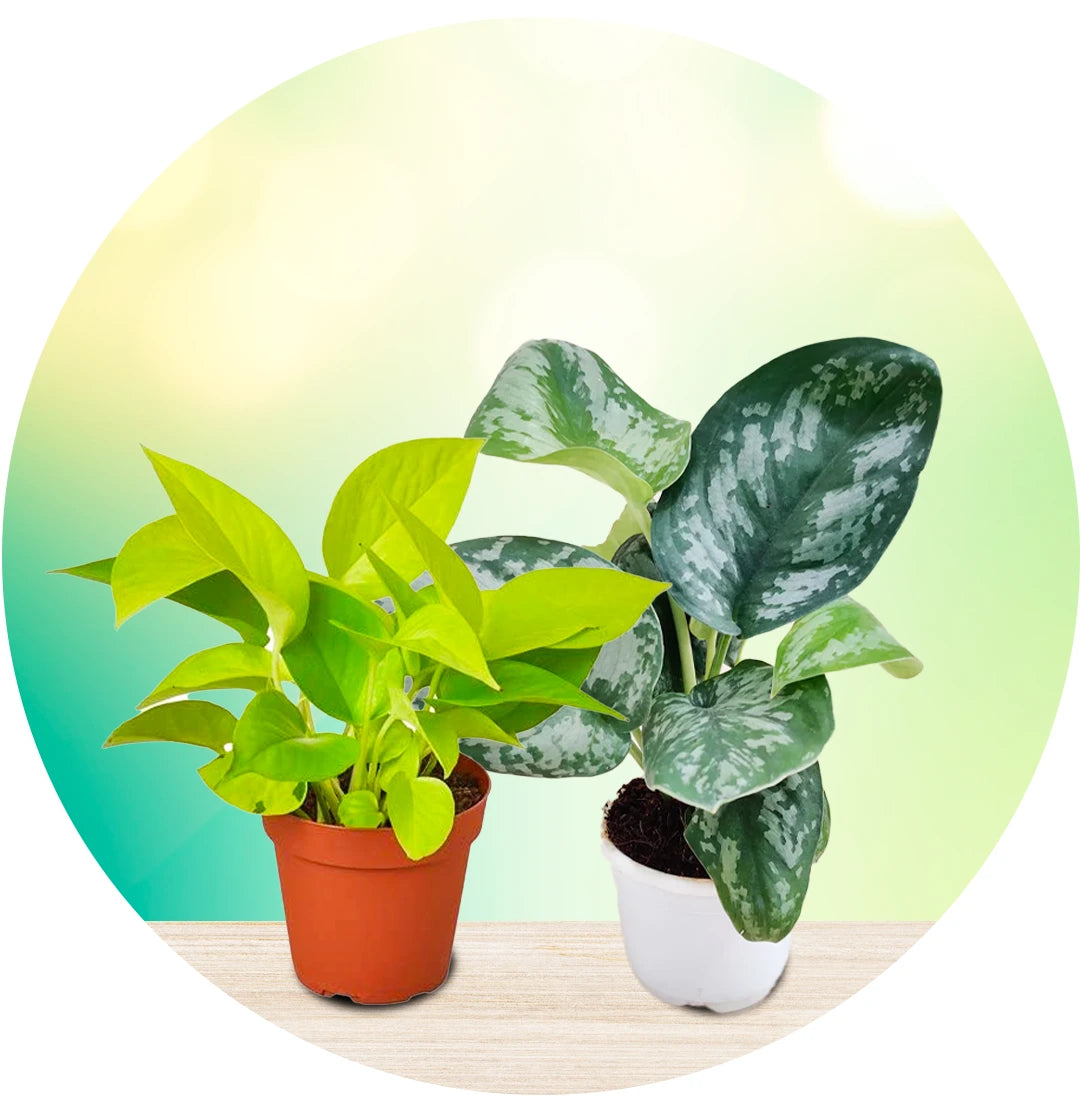
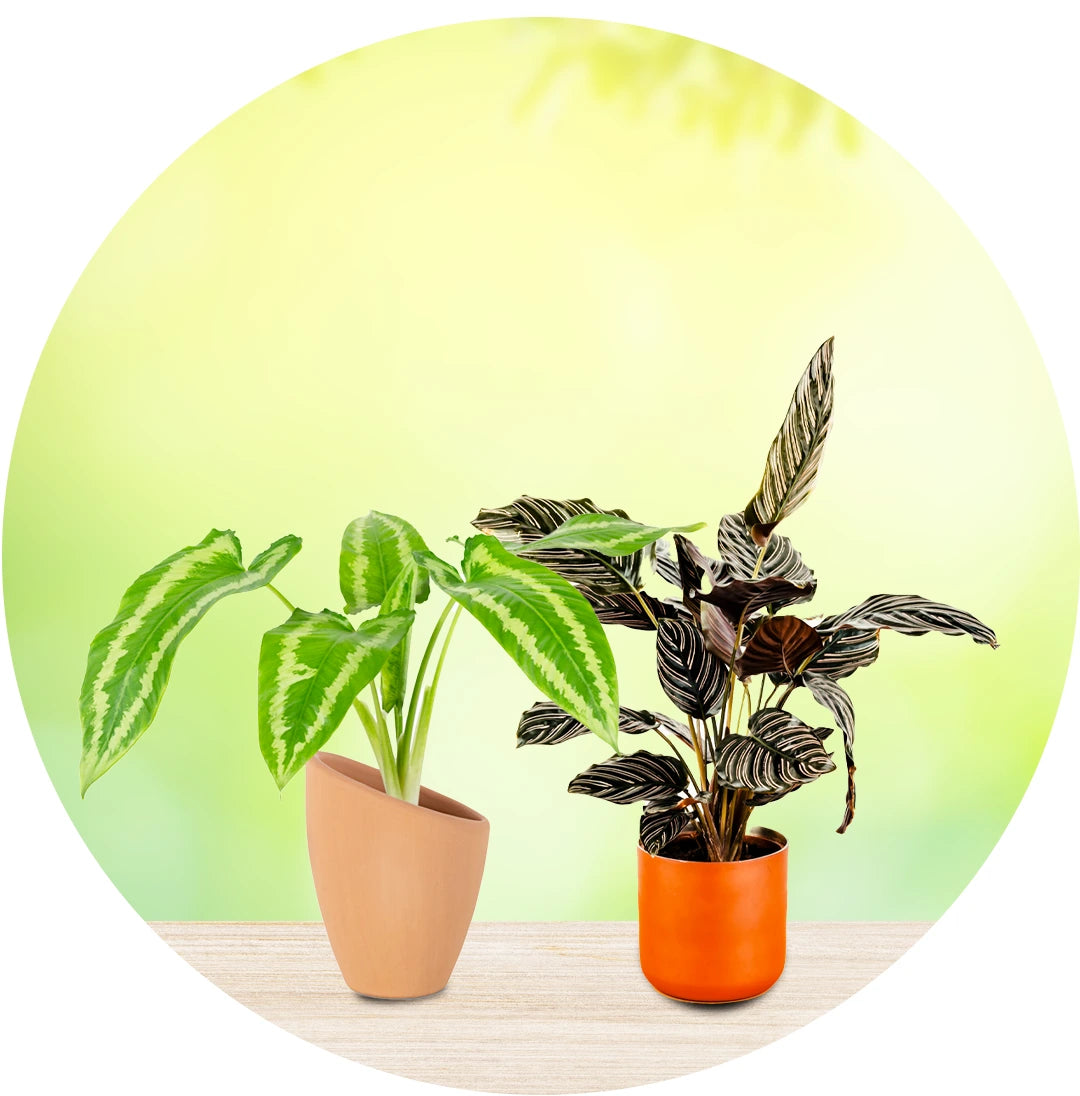
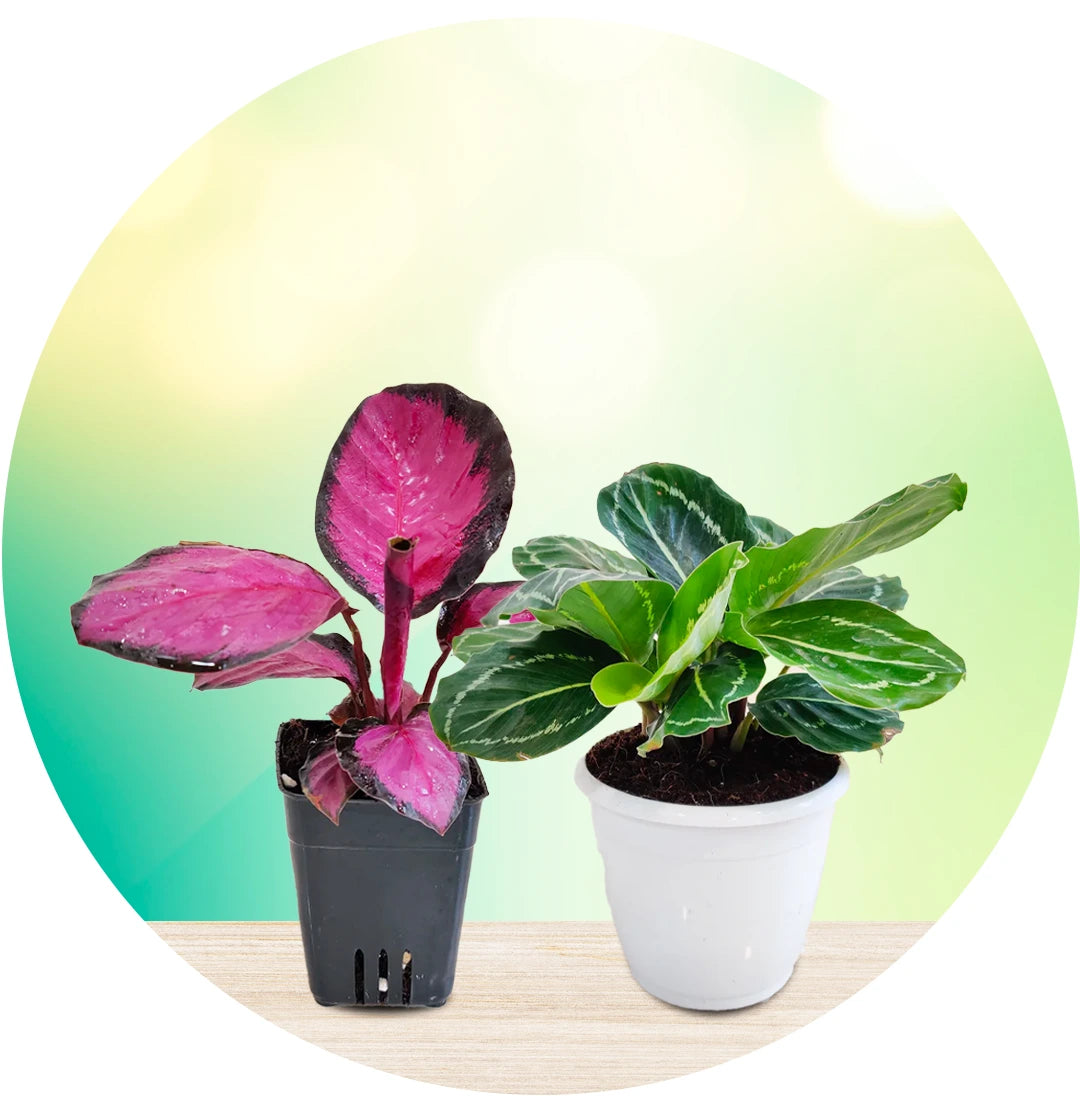
Leave a comment